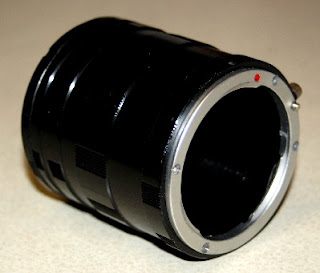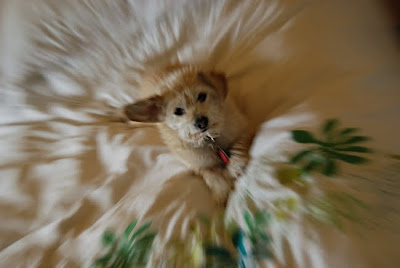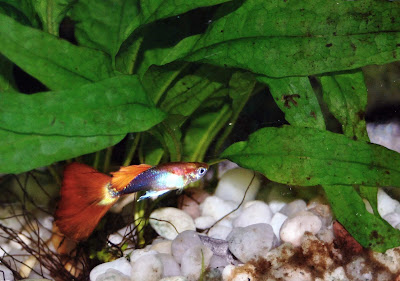photos for the summer How to take photos
full sun
? Here are some tips
. Enter your camera
Digital Photo and go ... Photographing
.
When the sun is at its zenith, it is not always a good time to take a photo. It is best to take photos before 11:00 or after 15:00, when light is less intense. Of course, it is not always possible to do it! Although the summer sun can provide vivid colors, the pictures taken under a blazing sun are sometimes overexposed in some places. And it is unfortunately impossible to retrieve details that were not captured in the original photograph, regardless of the time you spend in the post-treatment. In fact, the sensor of the camera will be interpreted as overexposure and white will have seen a white pixel at that location. It becomes very difficult, sometimes impossible, to recover some of the details. In addition, the contrast of images is often accentuated by heavily shaded areas. It then becomes important to understand your camera to get a clear image.
If you take a group photo when you stand directly under the sun, shade will appear under the eyes, nose and chin. If you change your position so that they have the sun in their face, you'll see photos squint pretty typical. In a case like this, move your subjects away from the sun, and use a flash. It's ironic, I know, but using the flash will reduce areas of shade. The flash will also have the advantage of increasing the brightness so you will reduce the size of your aperture (f-larger). So you can shoot with greater depth of field, ensuring clarity of all the faces!
The rule of f/16 in bright sunlight. If you must manually set the exposure of your camera for a sunny day, remember the rule of f/16 in full sun. This is a very simple rule to remember and allows quick adjustment. Set the aperture on your lens to f/16 and shutter speed to the reciprocal of the ISO used. So if you select an ISO 200, your openness to f/16, shutter speed is 1 / 200 sec. This rule applies to exposure to direct sunlight with a clear sky, almost cloudless.
A little problem occur when shooting in bright sunlight ...
the flare. To avoid them, get a sun visor. The visor actually helps prevent the sunlight from reaching the first glass of the lens and thereby avoids the spurious reflections. If you are interested in a free visor
, try the site
Lenshood . If you do not have a hood for your lens, you can block the sun with your hand, a piece of cardboard or paper.
Do not always rely on the automatic detection of your digital camera. If you photograph a white sailboat on a dark water, it is likely that the yacht be overexposed because the camera detects a large area of dark shades. To remedy this, reduce exposure to one or two degrees. To reduce the exposure of a degree, set the aperture or shutter speed to a higher level than indicated by your camera (eg, f/16 instead of f/11 or 1 / 250 sec. Instead of 1 / 125 sec.). This correction will allow you to offset the error detection mechanism automatically.
A reminder of the basic rules Make sure the horizon is correctly aligned. Make it a habit to check the alignment of the horizon before you take a picture.
sure that the composition of the picture is clear. Move or ask about your move to get a nice background that does not attract the eye too. The subject must be highlighted.
Personally, here's the order I use to shoot a scene in the summer sun:
- Factor ISO set at 100
- Set the aperture of my lens as a function of depth of field desired. Generally, a photograph of a scene requires a small opening, so a high-f (f-16 would be good to start with) to get an acceptable depth of field. Use a smaller aperture limits the depth of field and create gray areas. By cons, sometimes, these gray areas are precisely the goal look!
- Resolving the shutter speed accordingly to obtain a clear image. If your subject is moving, a faster shutter speed to 1 / 200 sec will be needed. If, cons, because of your lens aperture, you must use a faster shutter lentre than 1 / 30 sec., Always use a tripod! Otherwise, beware of blurry pictures!
So here for photo tips for the summer. We wish everyone a great summer and sunny ...
On your mark ... ready ... Shoot!
_____________________________________________
You might also like these items:
Extension Tube for Nikon Sunshade free lens family photos at Christmas Course photography rule of thirds Transparencies plant by Pierre-François Couderc









